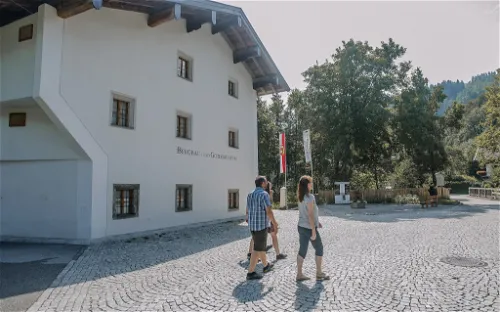Mining and Gothic Museum Leogang and its collection
The Museum of Mining and Gothic Art Leogang, established in 1992, is situated in the scenic locale of Hütten, Leogang, in the Zell am See District of the Austrian Province of Salzburg. This museum is a tribute to the region's 3000-year-old mining tradition and serves as a testament to the rich cultural and historical heritage of the area.
Collection and Focus of the Museum
The Museum of Mining and Gothic Art Leogang houses a unique collection of mining exhibits and Gothic art. The museum's focus is on sacred Gothic art, reflecting the historical connection between the region's mining prosperity and investment in art during the Middle Ages. Visitors can explore this fascinating interplay between art and industry through the museum's diverse exhibits.
Highlight of the Collection: Mary of Burgundy's Prayer Nut
One of the highlights of the Museum of Mining and Gothic Art Leogang's collection is Mary of Burgundy's Prayer nut. This miniature sculpture, housed inside a sphere of boxwood, was used as a pocket shrine by Mary of Burgundy, one of the wealthiest women in Europe during her time. The intricately carved reliefs inside the prayer nut offer a glimpse into the religious practices and artistic craftsmanship of the period.
Art & Design Archaeology Medieval art & Early Renaissance art Religion
#7 Art & Design in Salzburg #5 Archaeology museums in Salzburg #3 Medieval art & Early Renaissance art museums in Salzburg #4 Religion museums in Salzburg #34 Art & Design in Austria #18 Archaeology museums in Austria #17 Medieval art & Early Renaissance art museums in Austria #17 Religion museums in Austria



















































